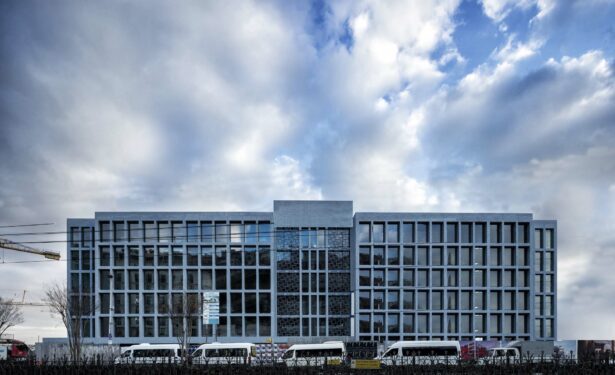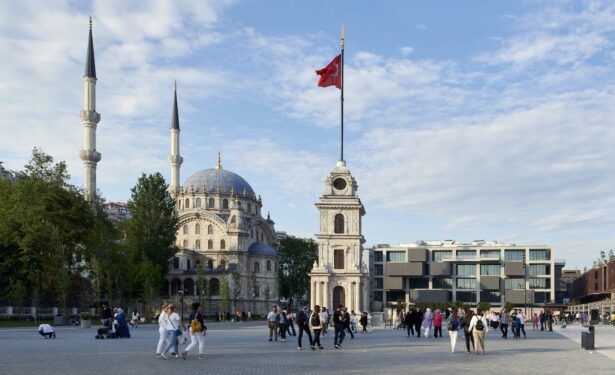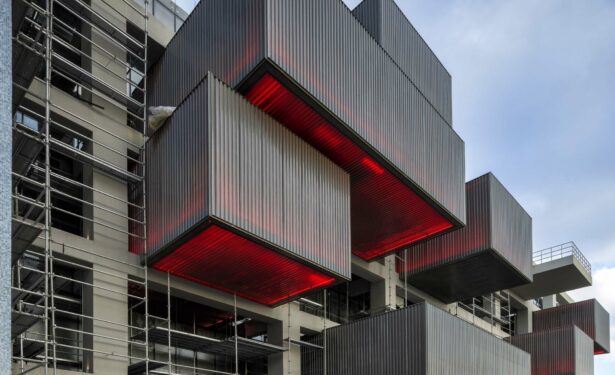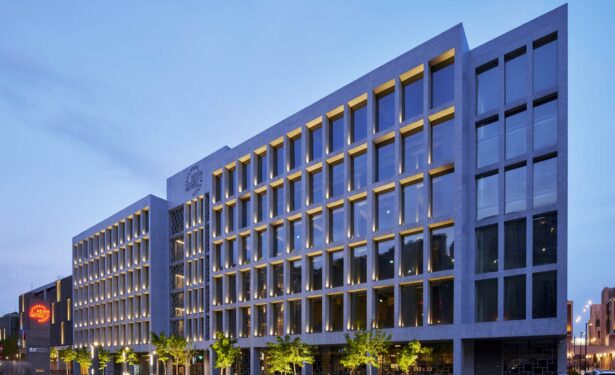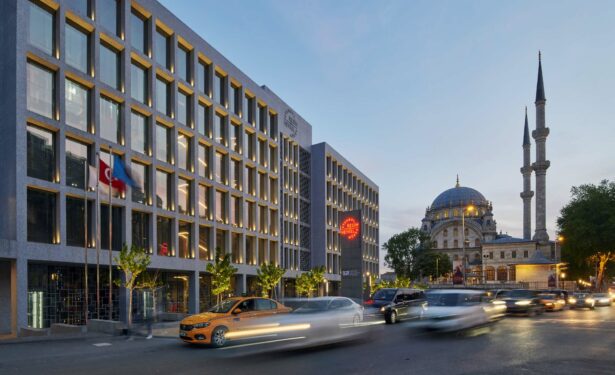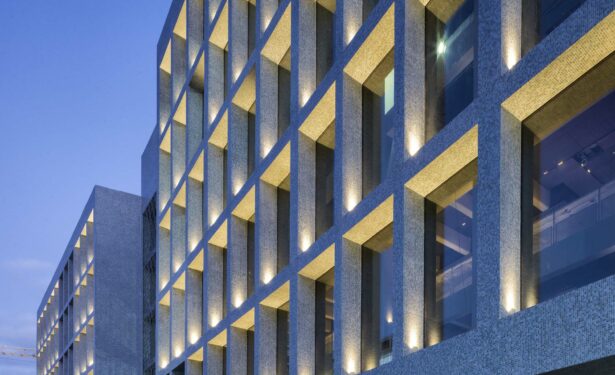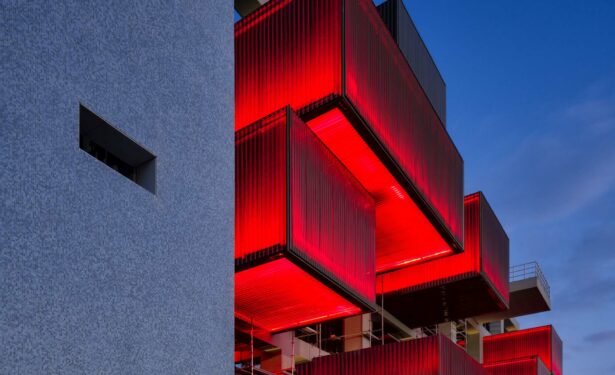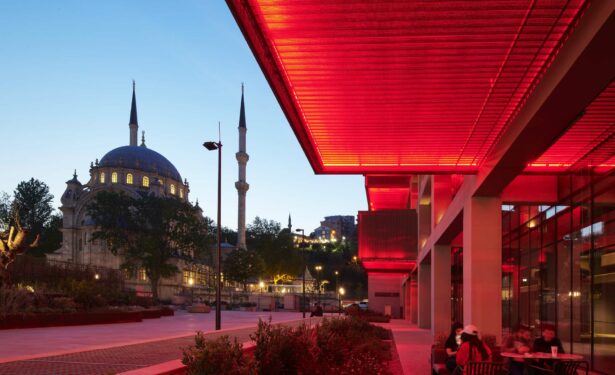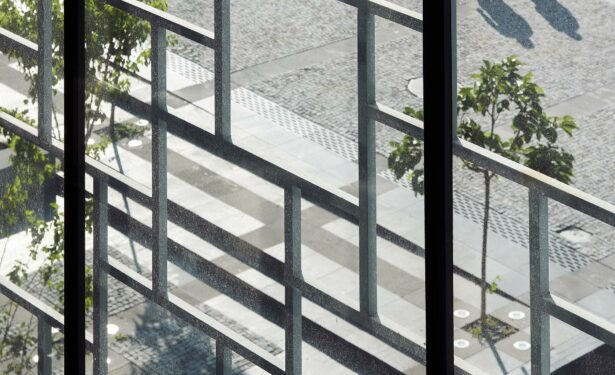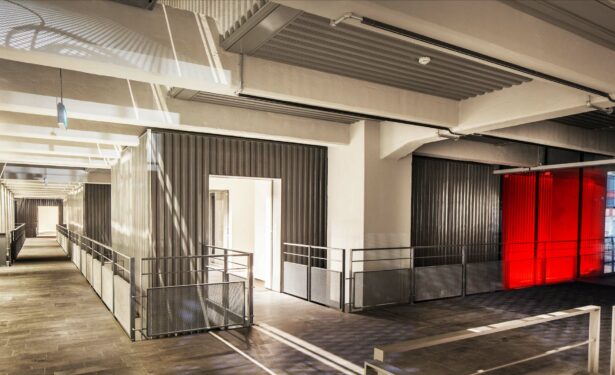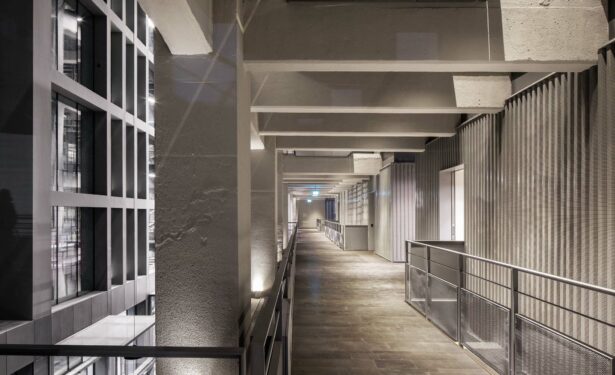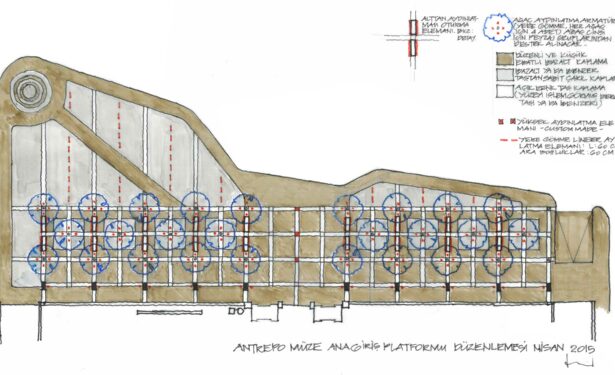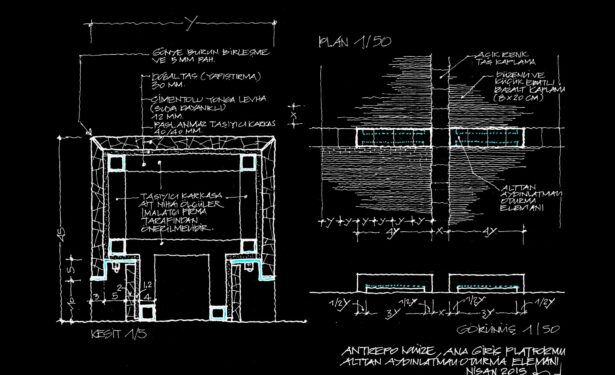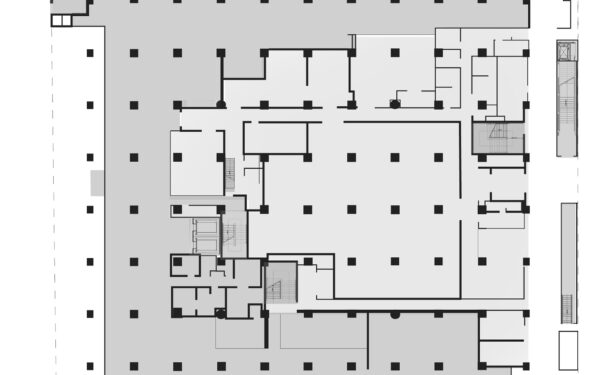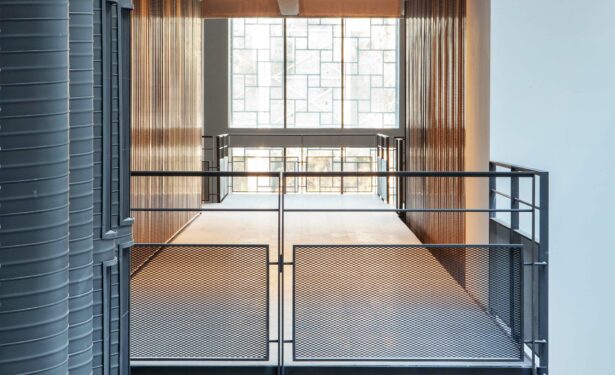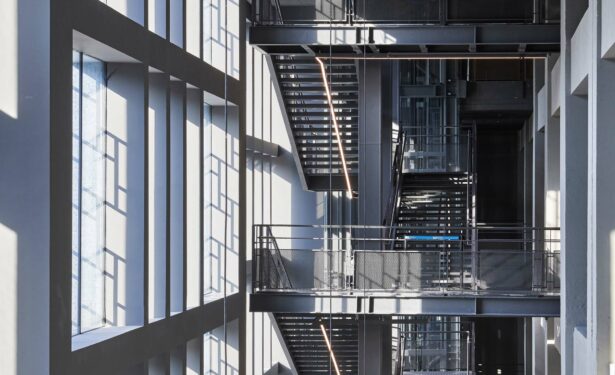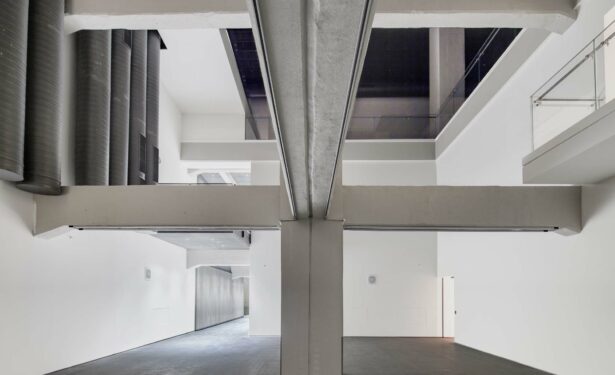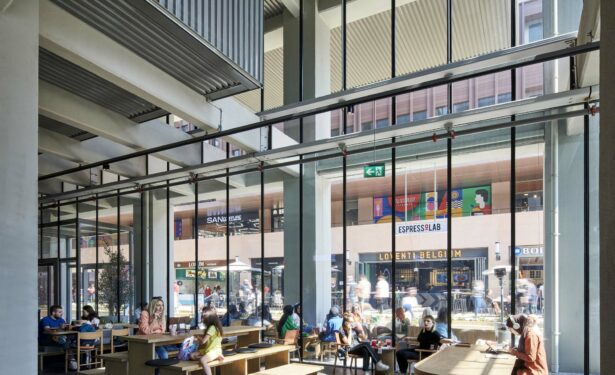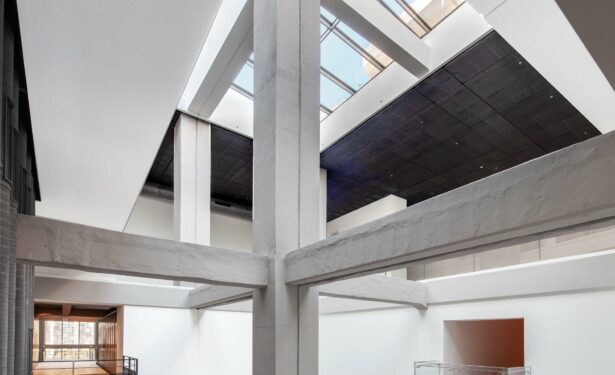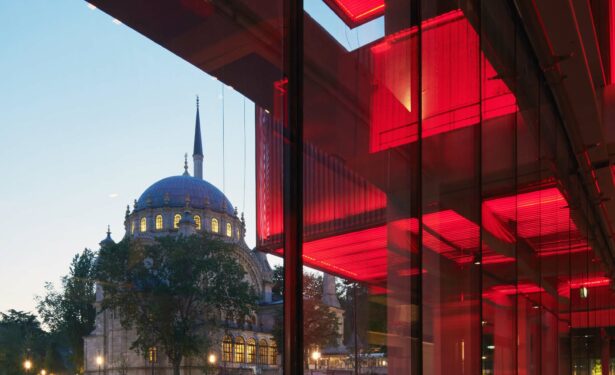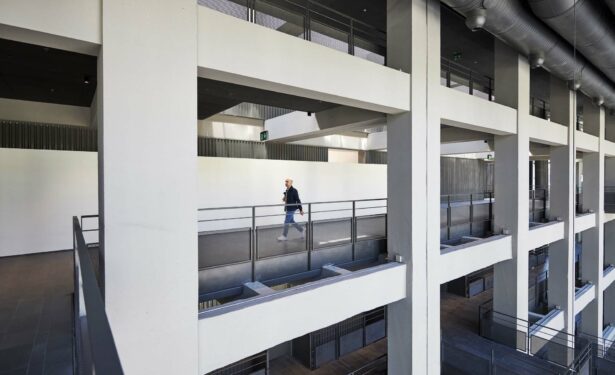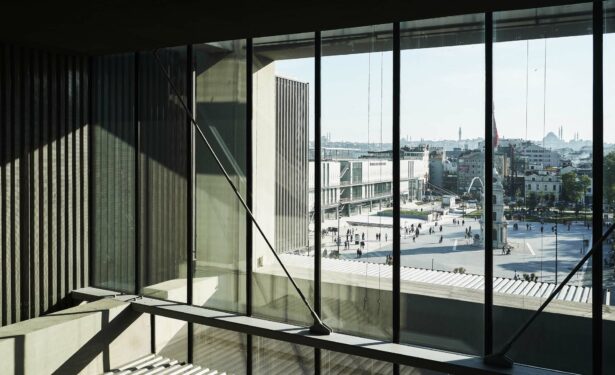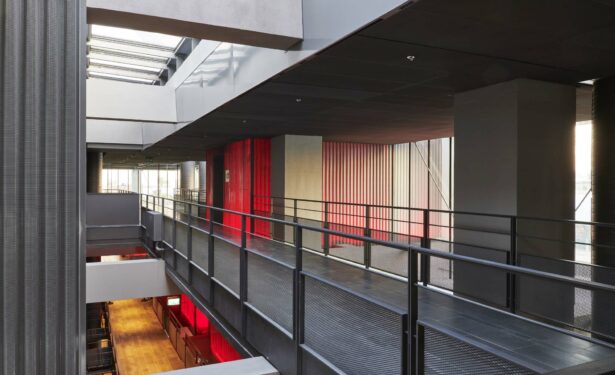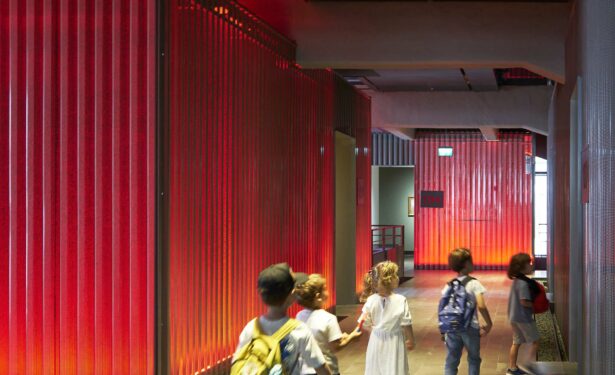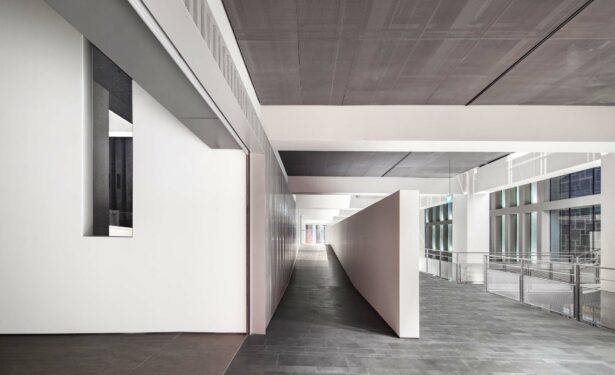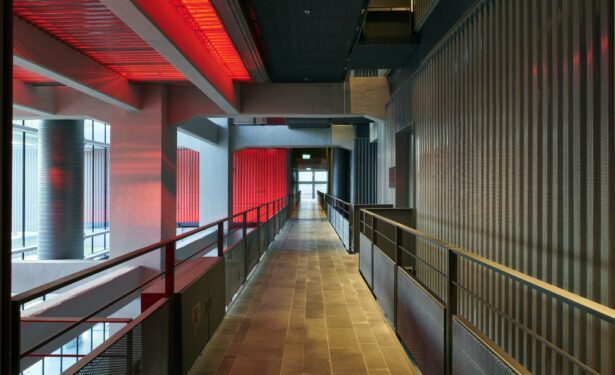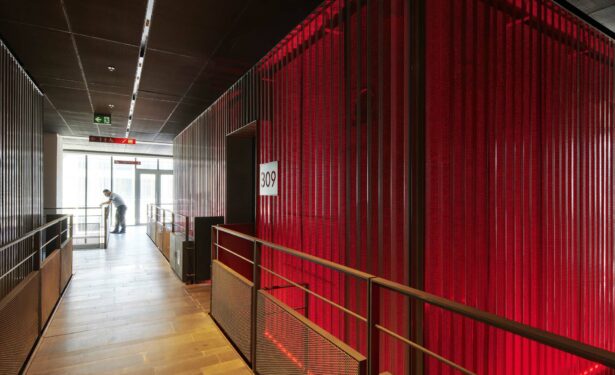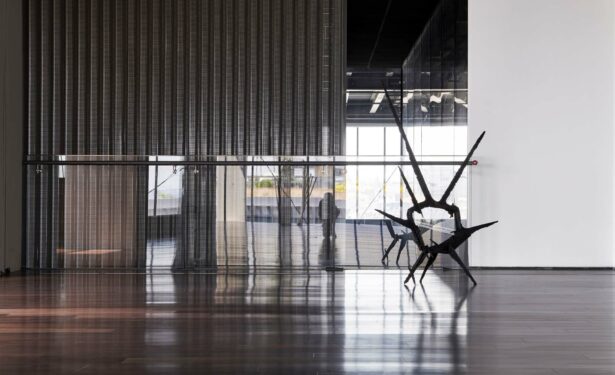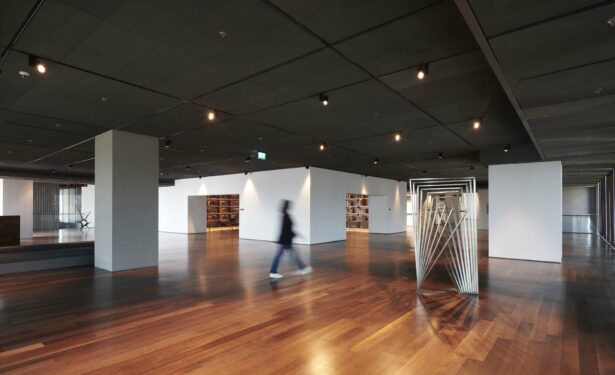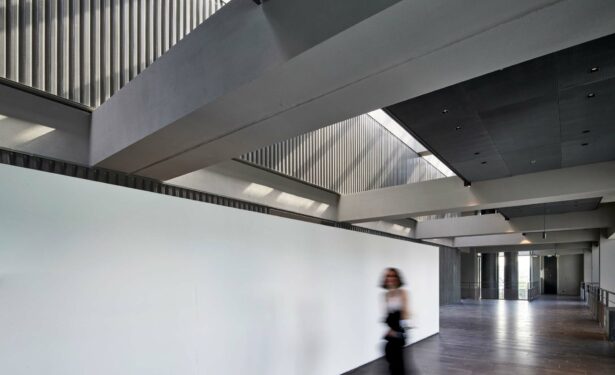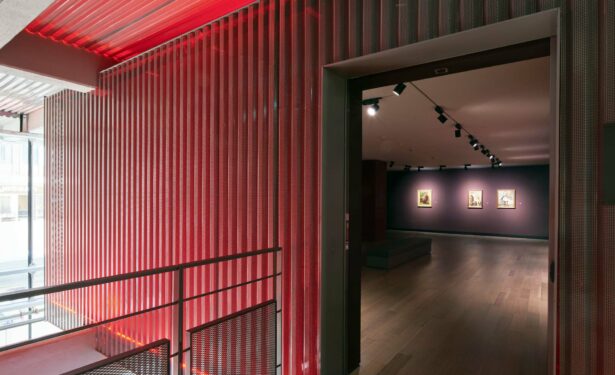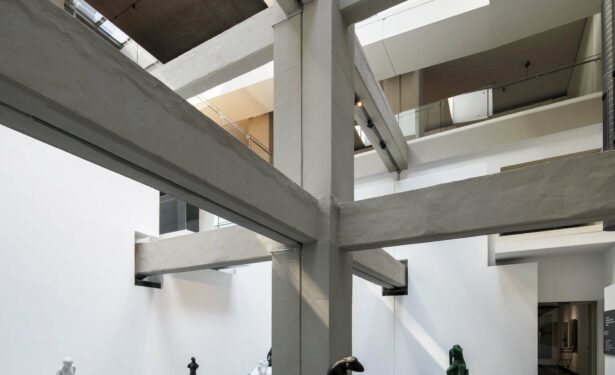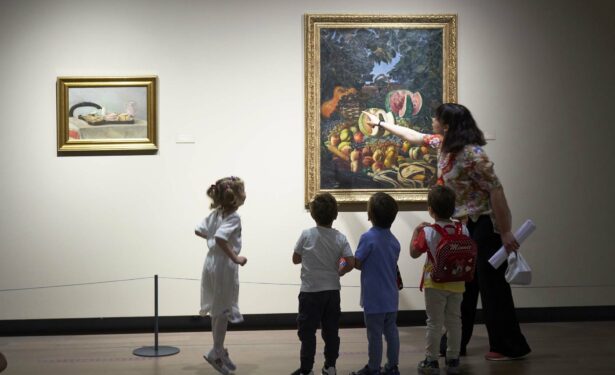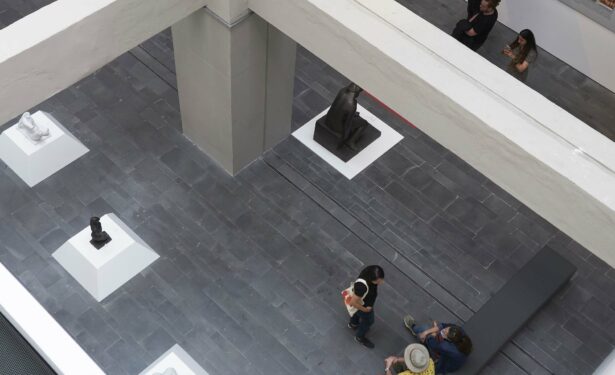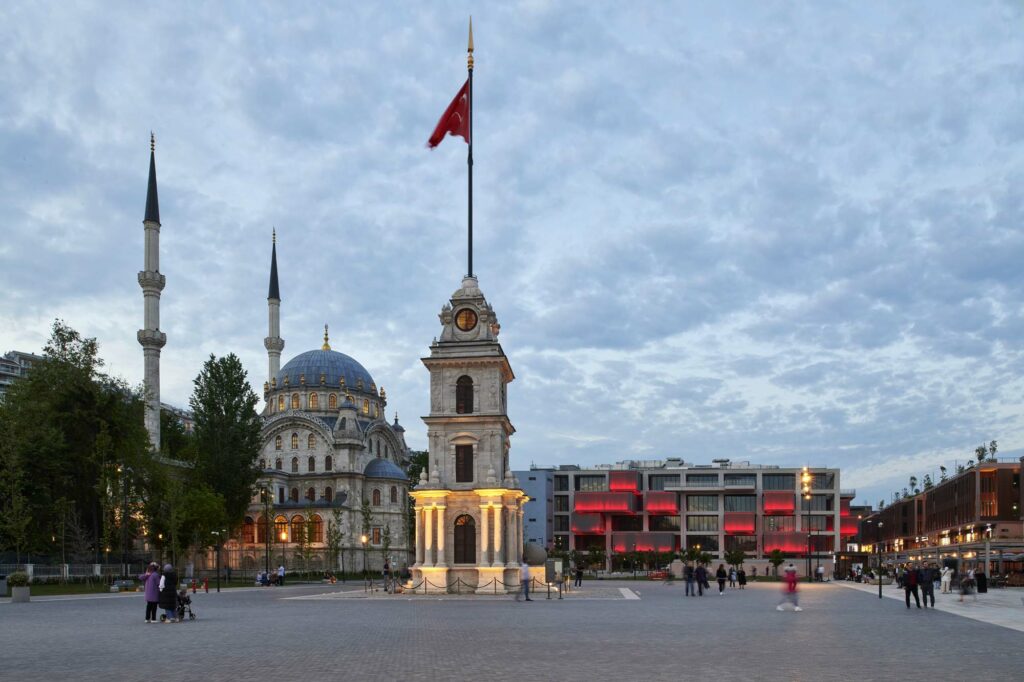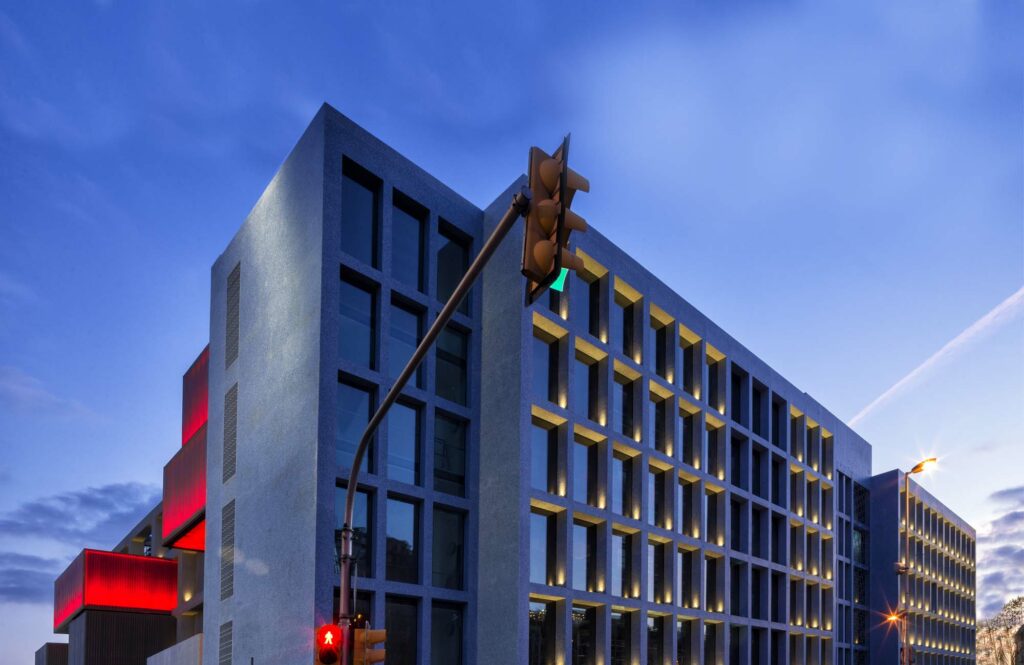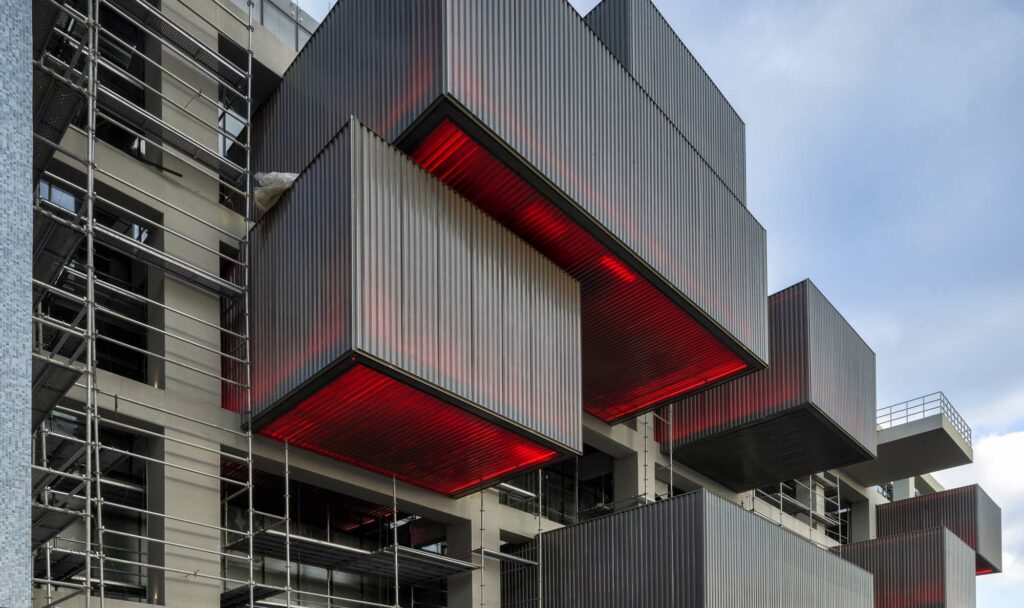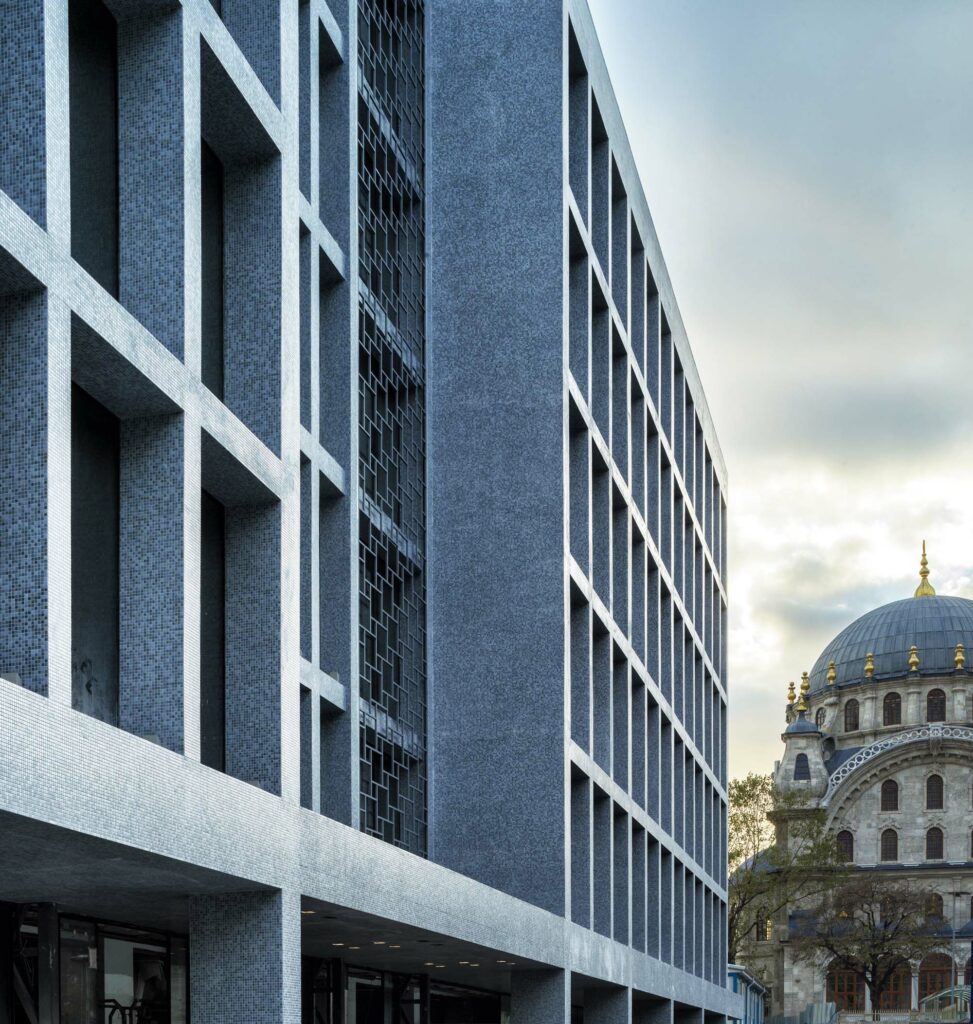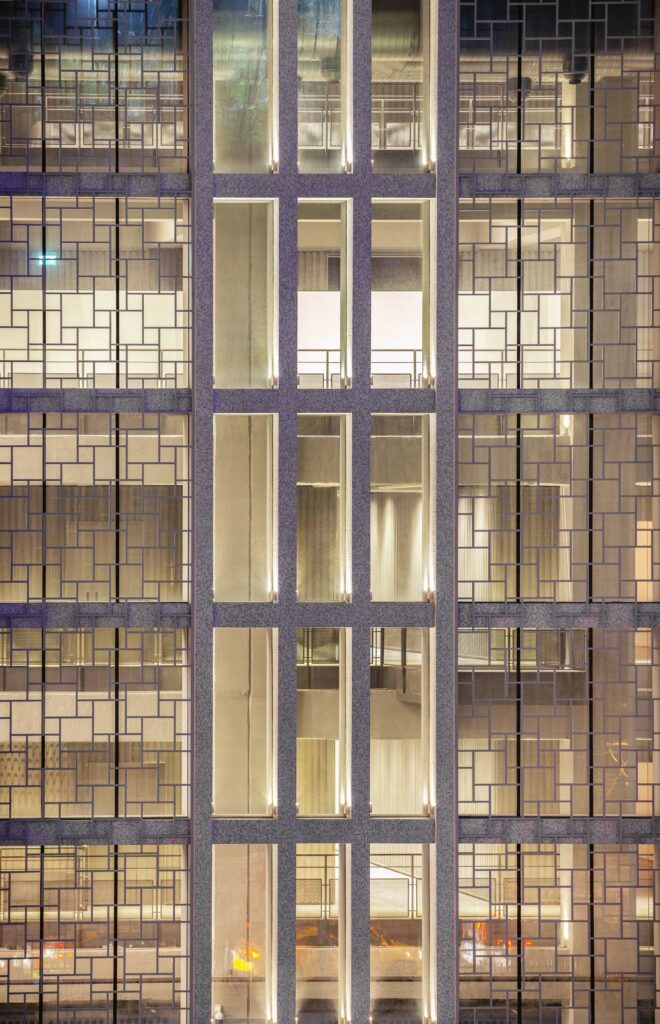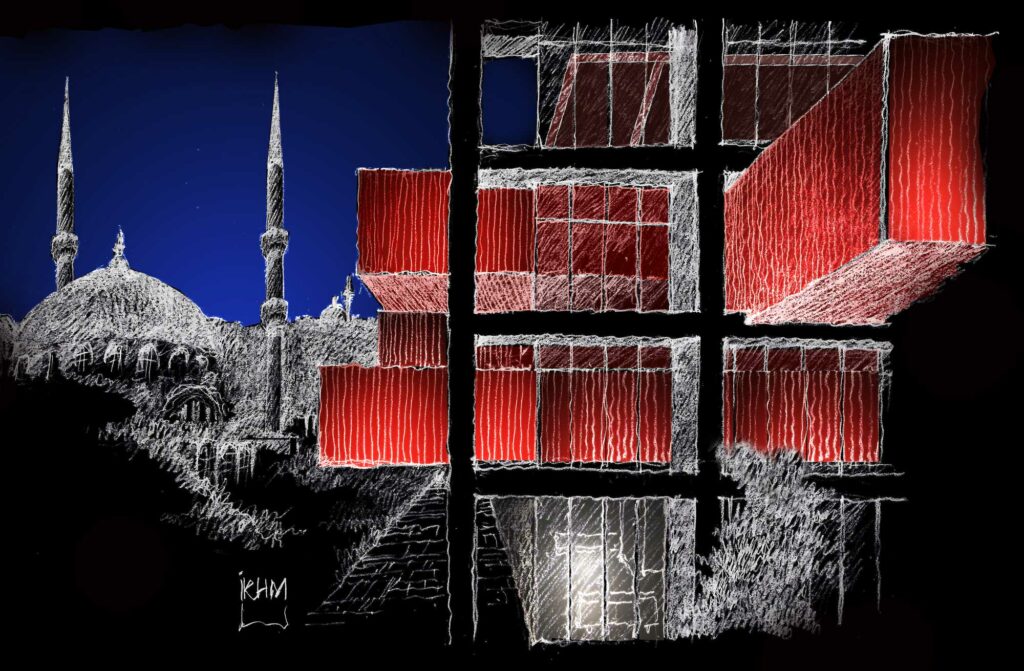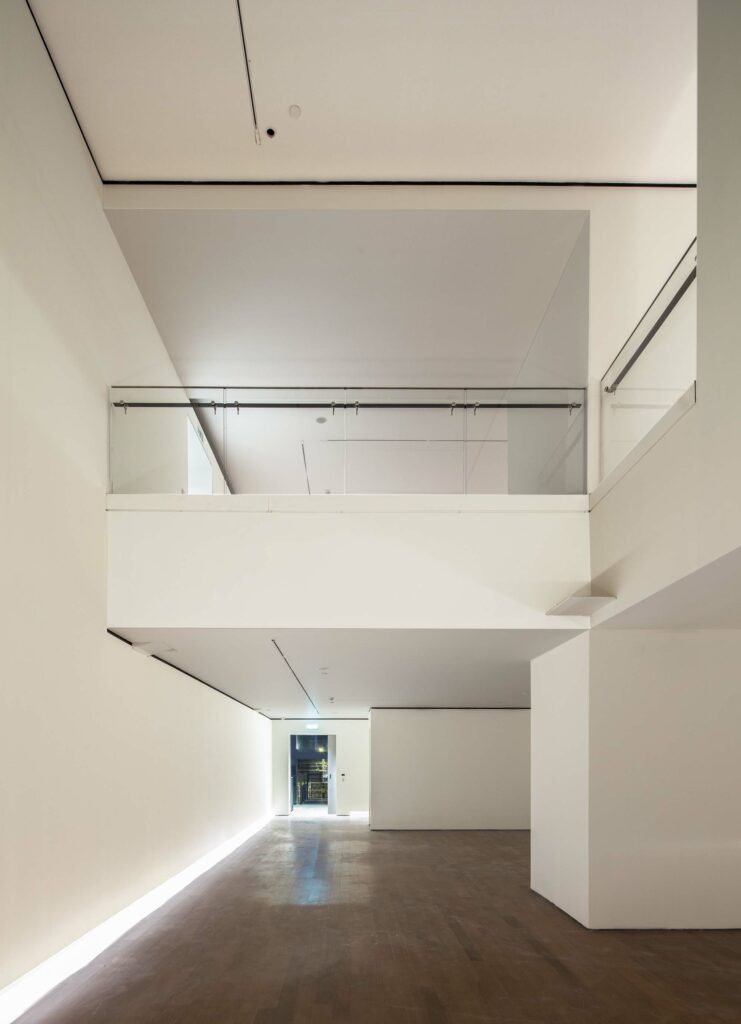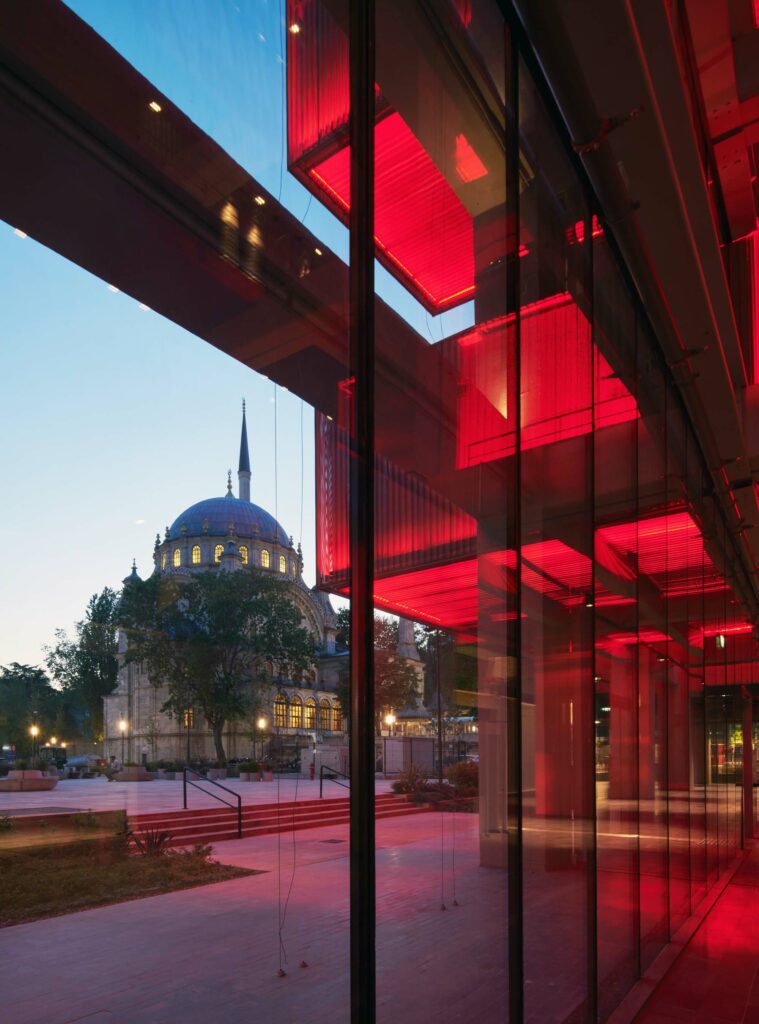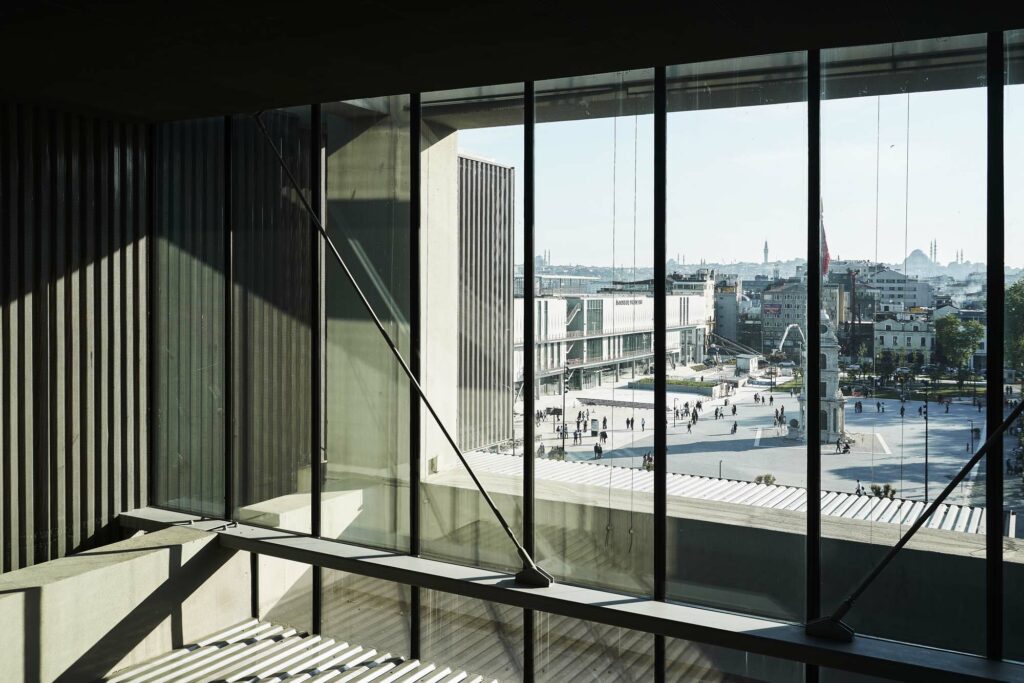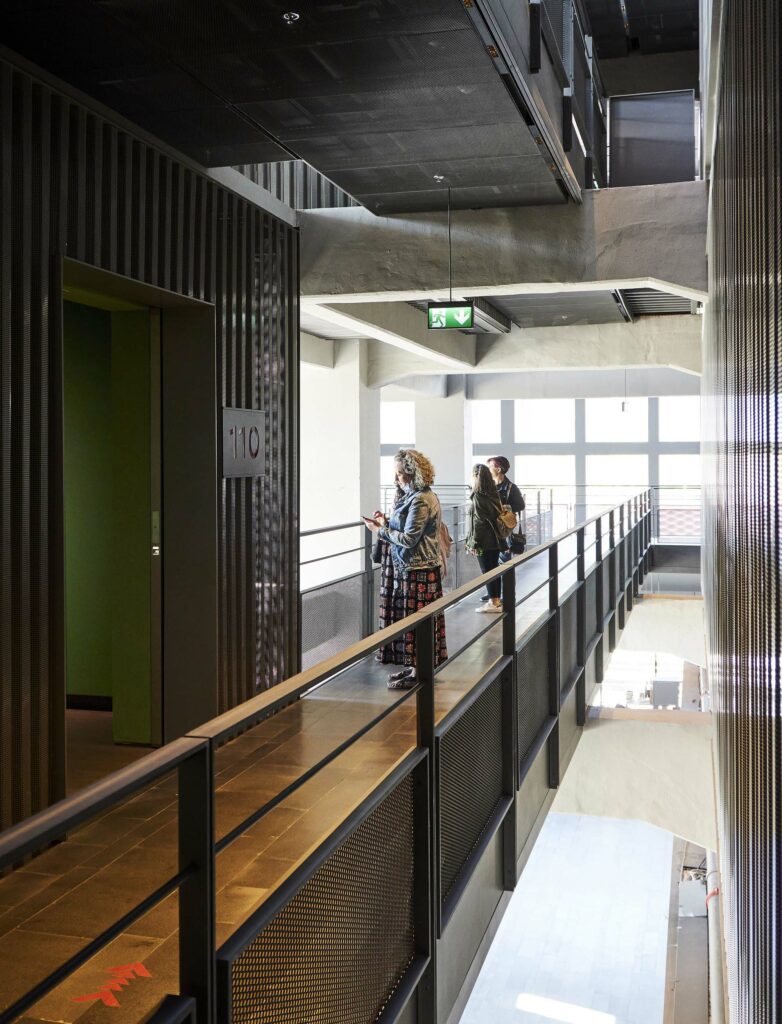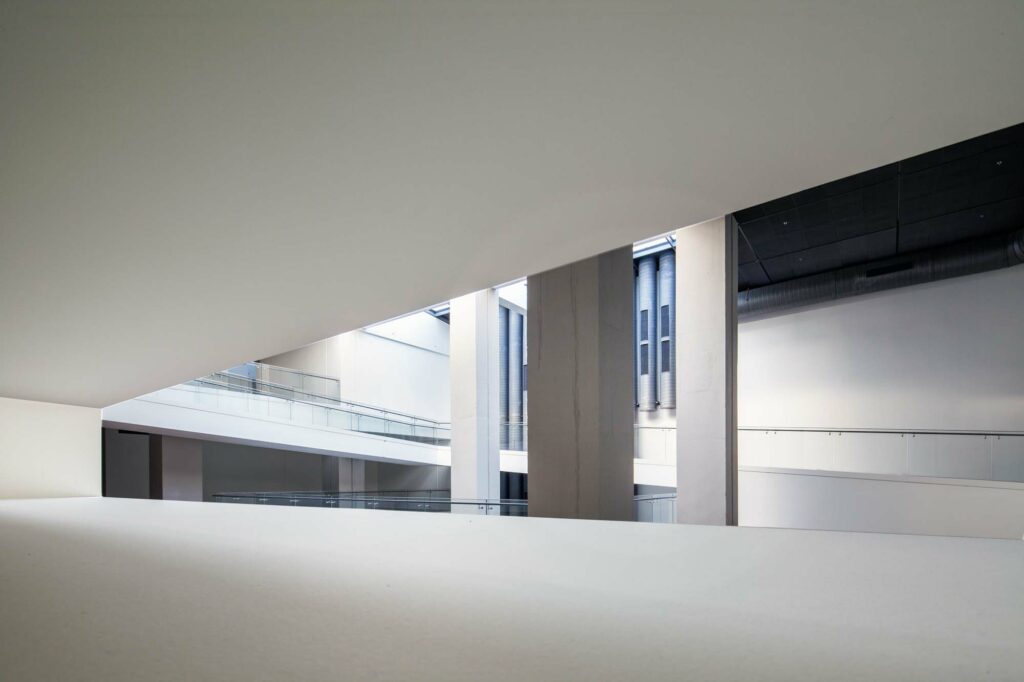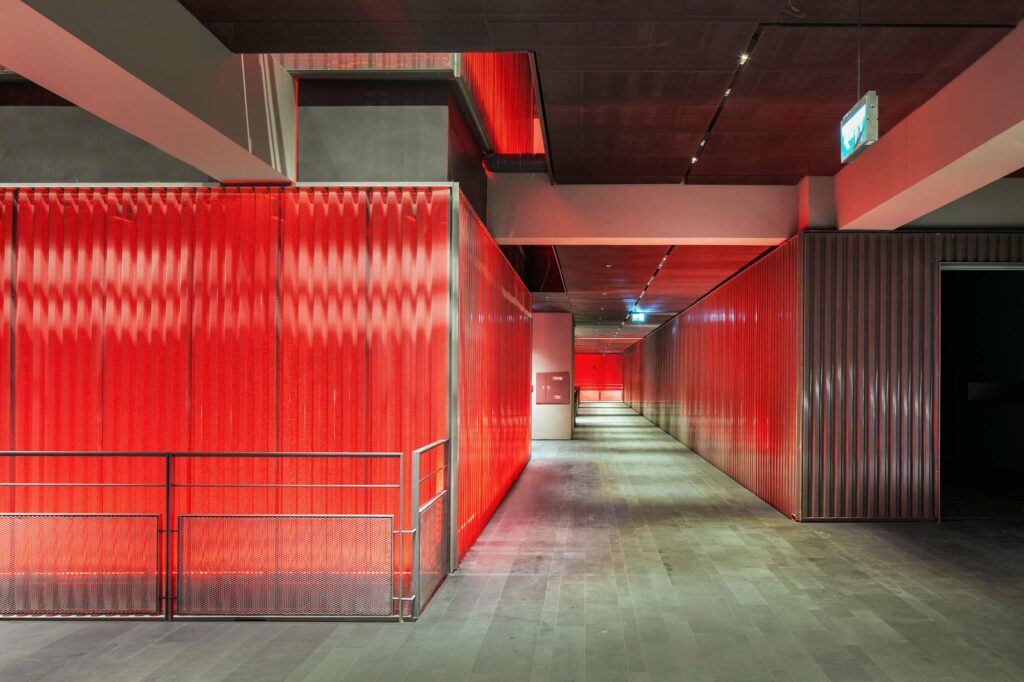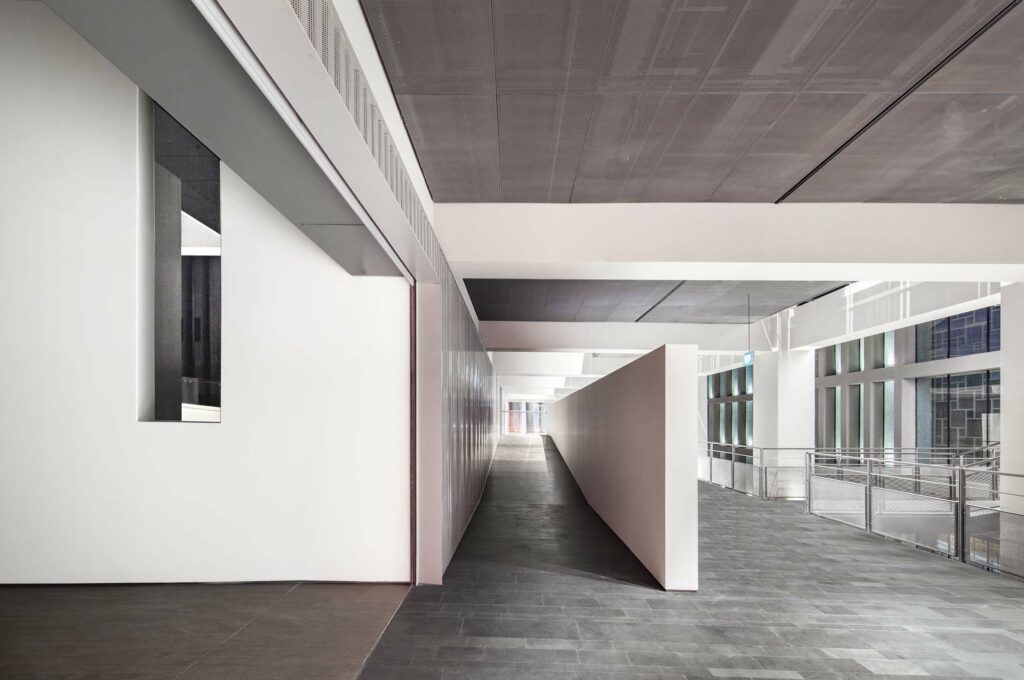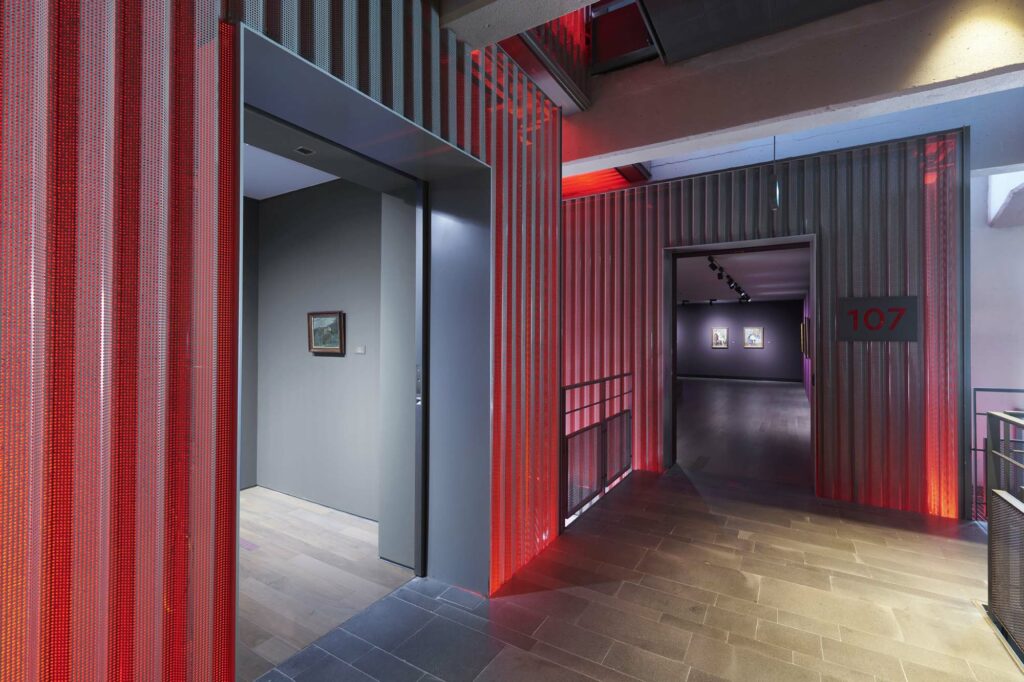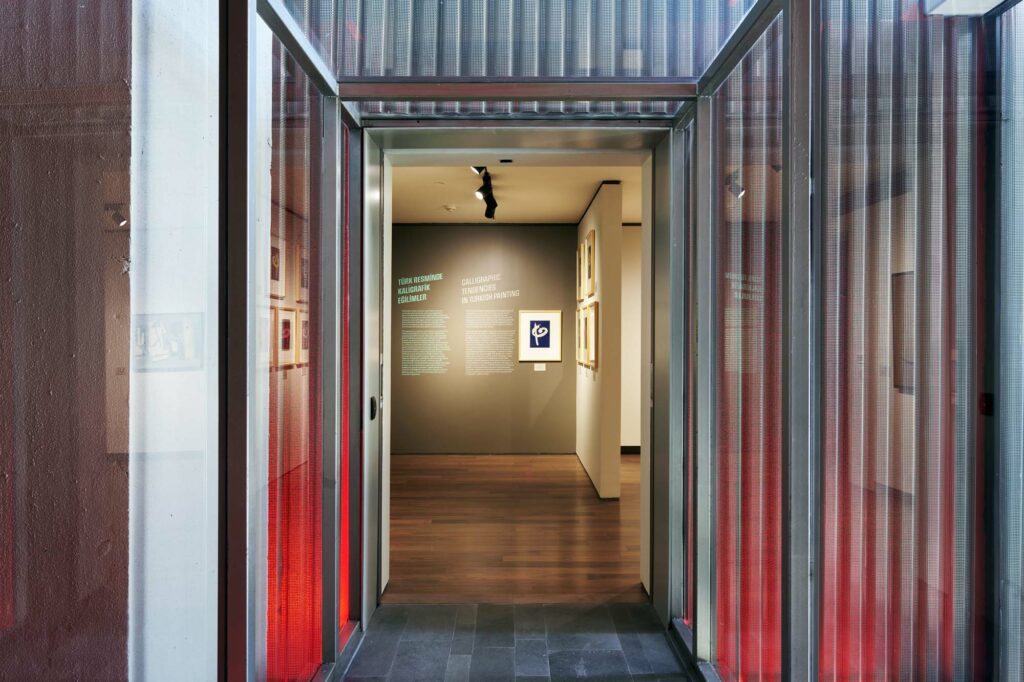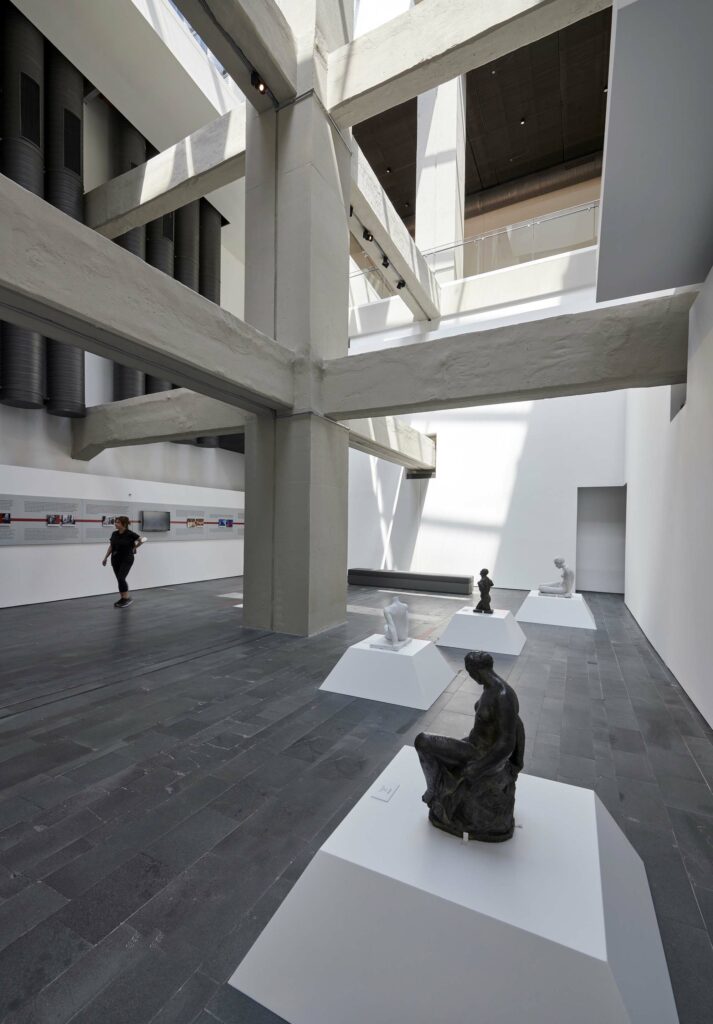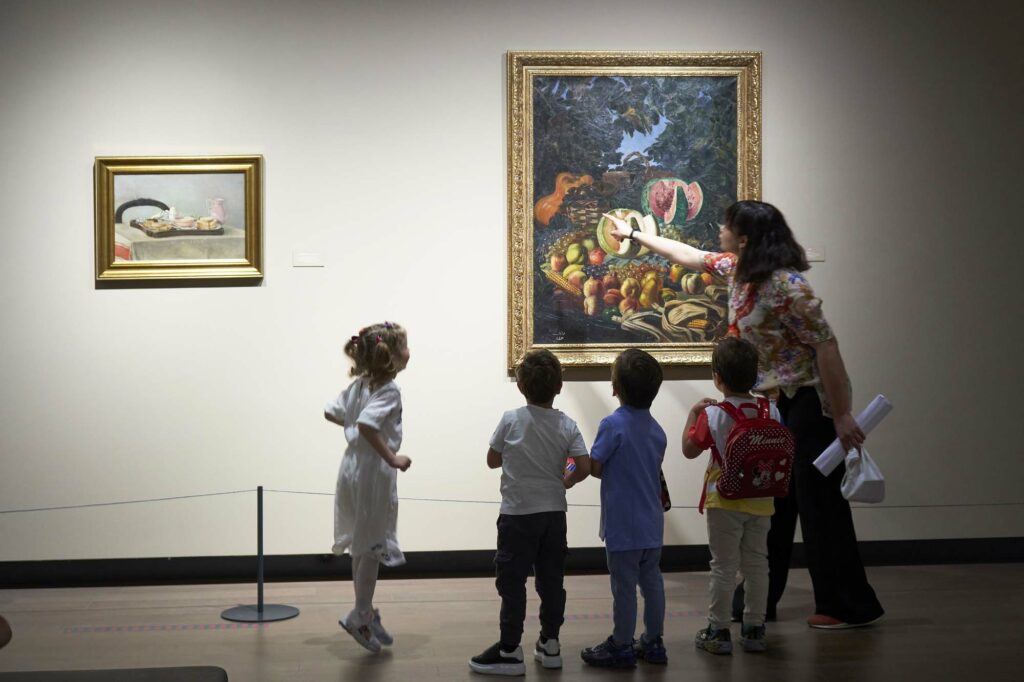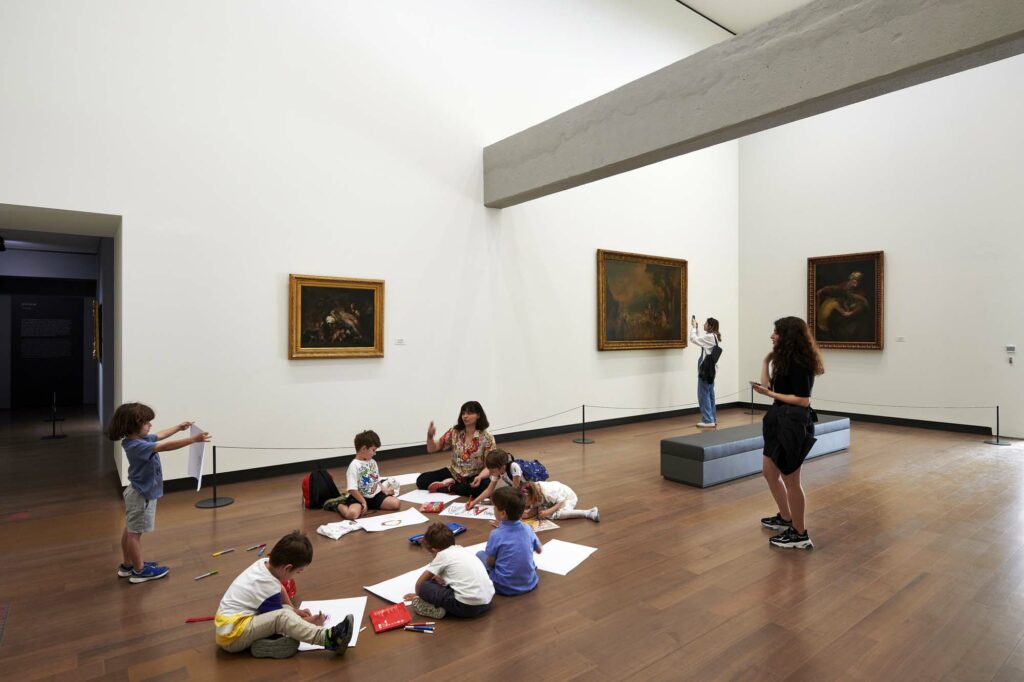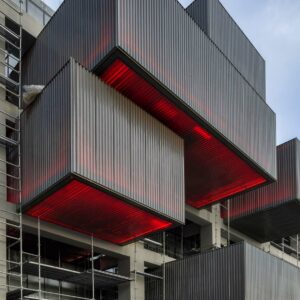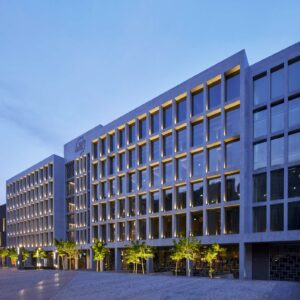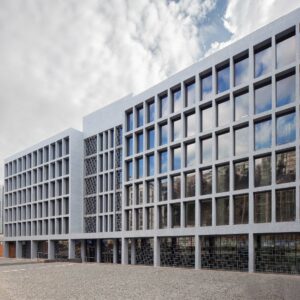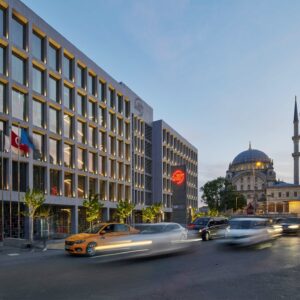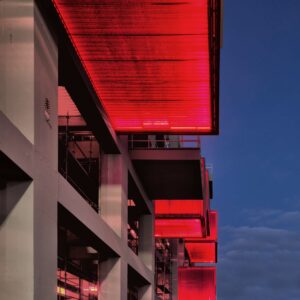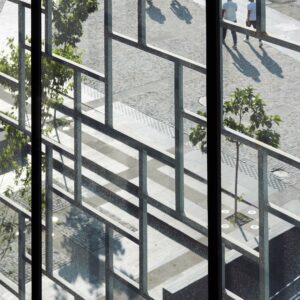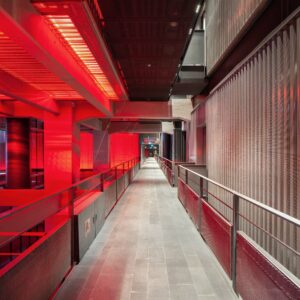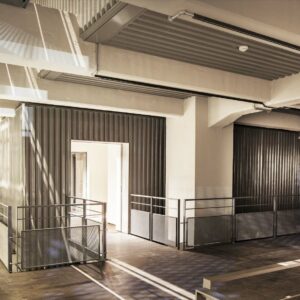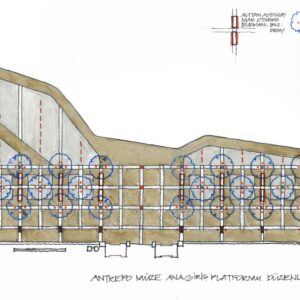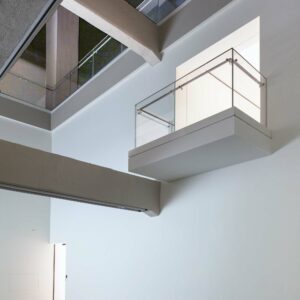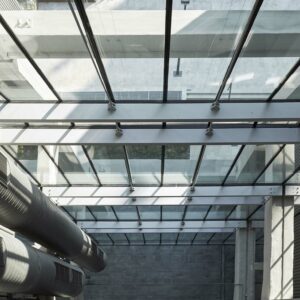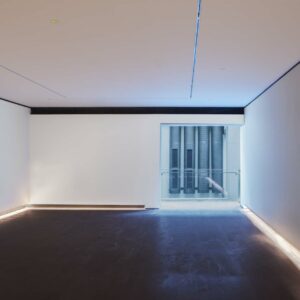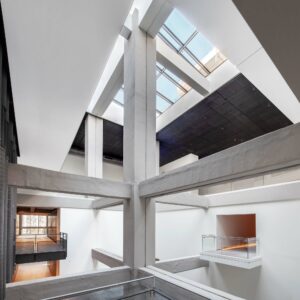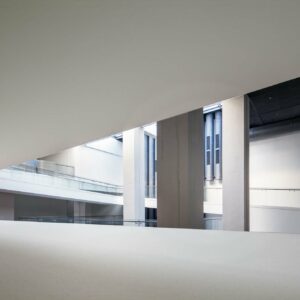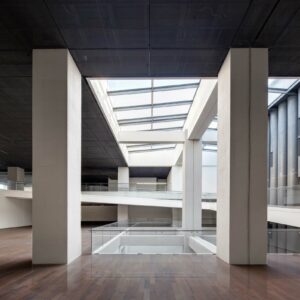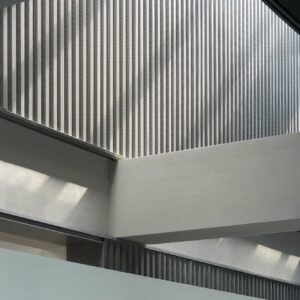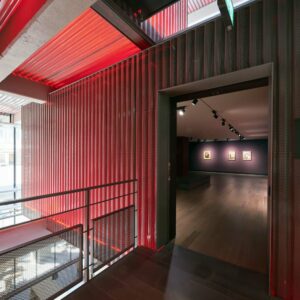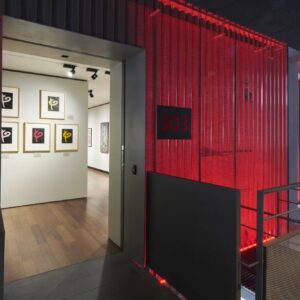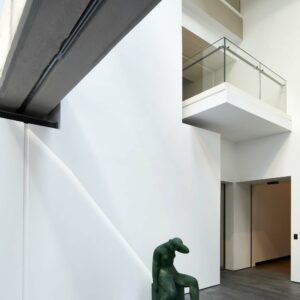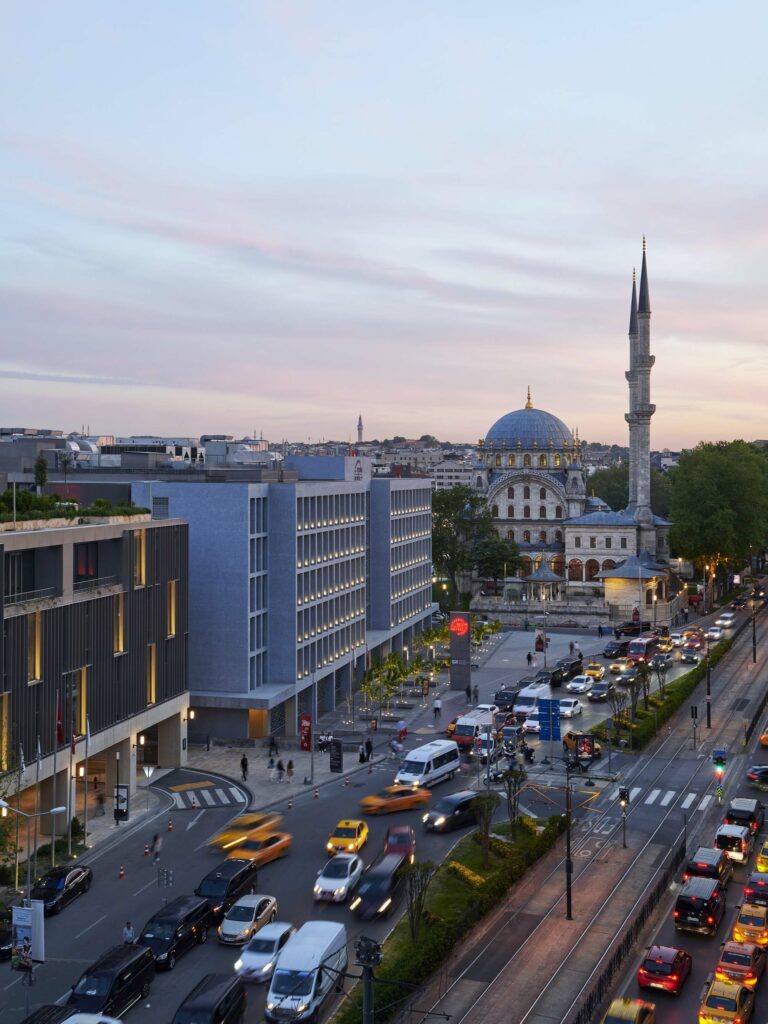





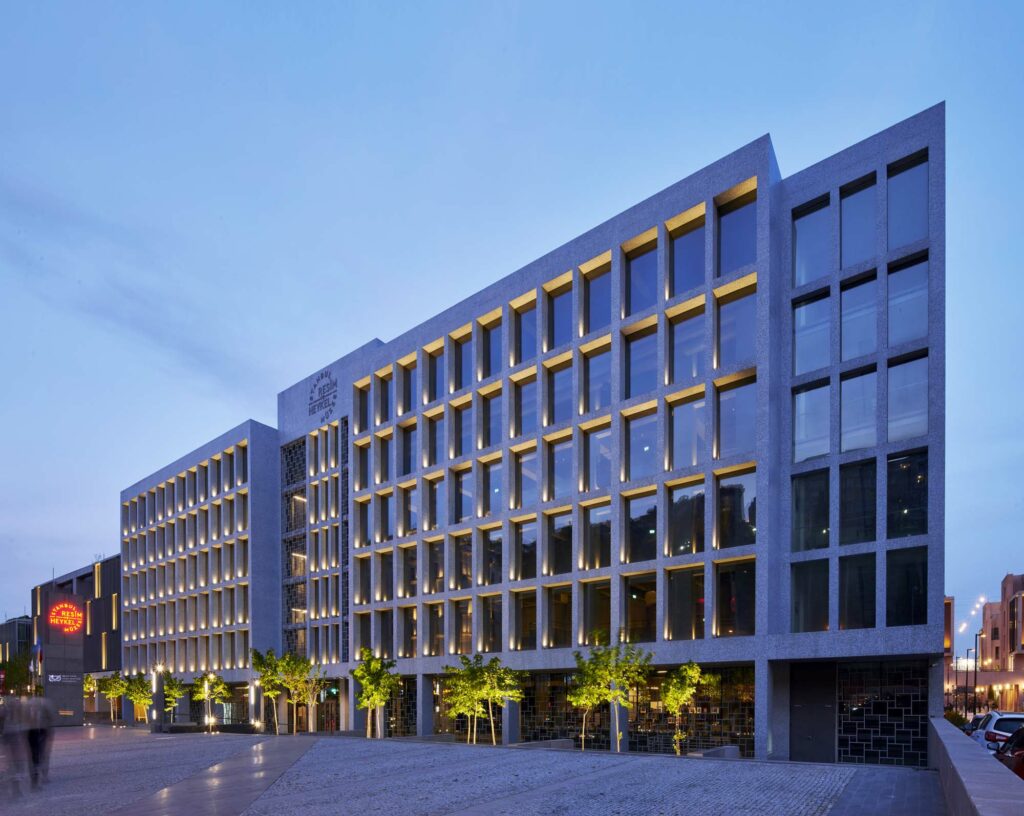





















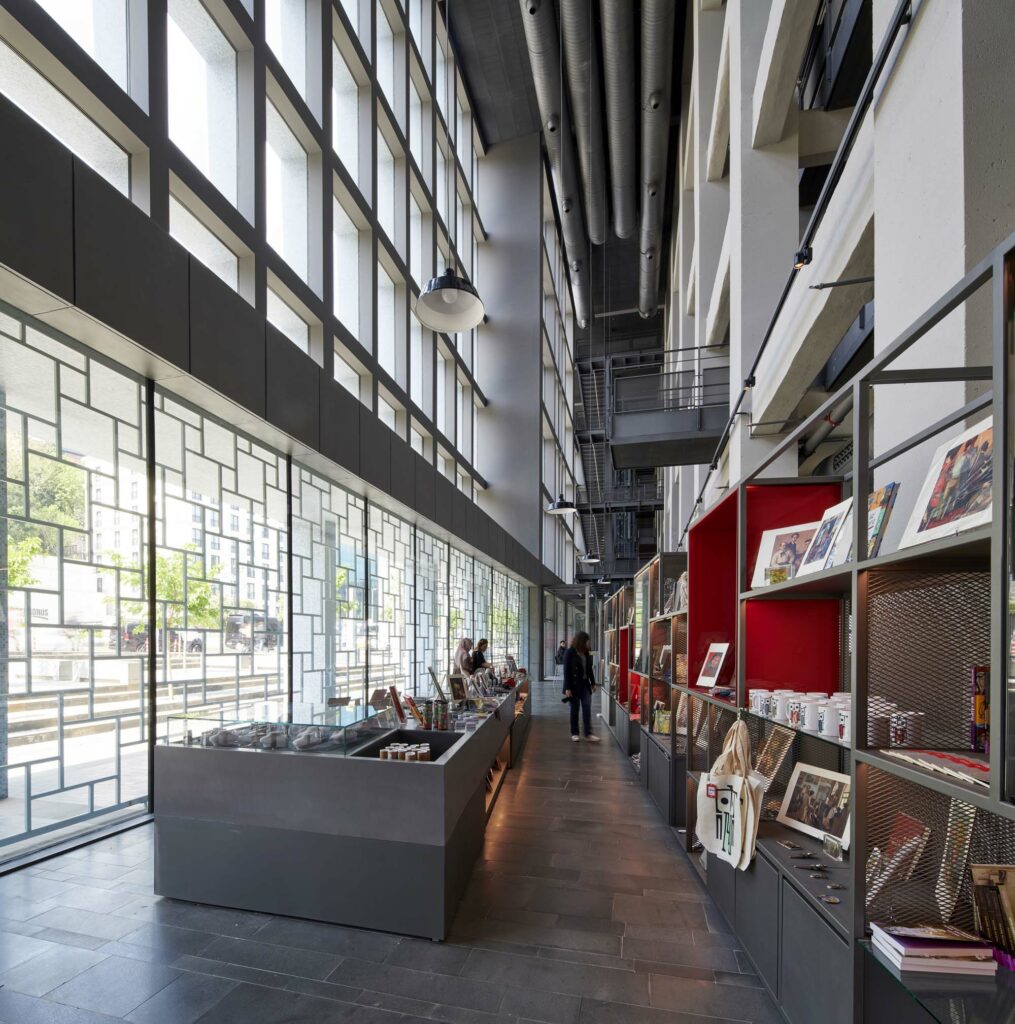





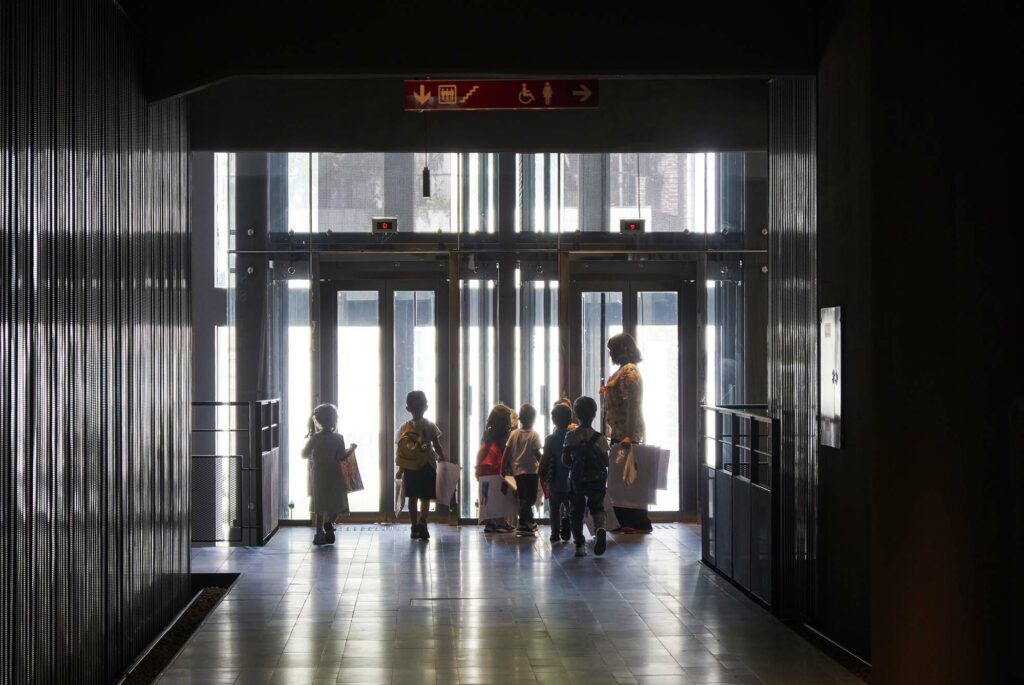



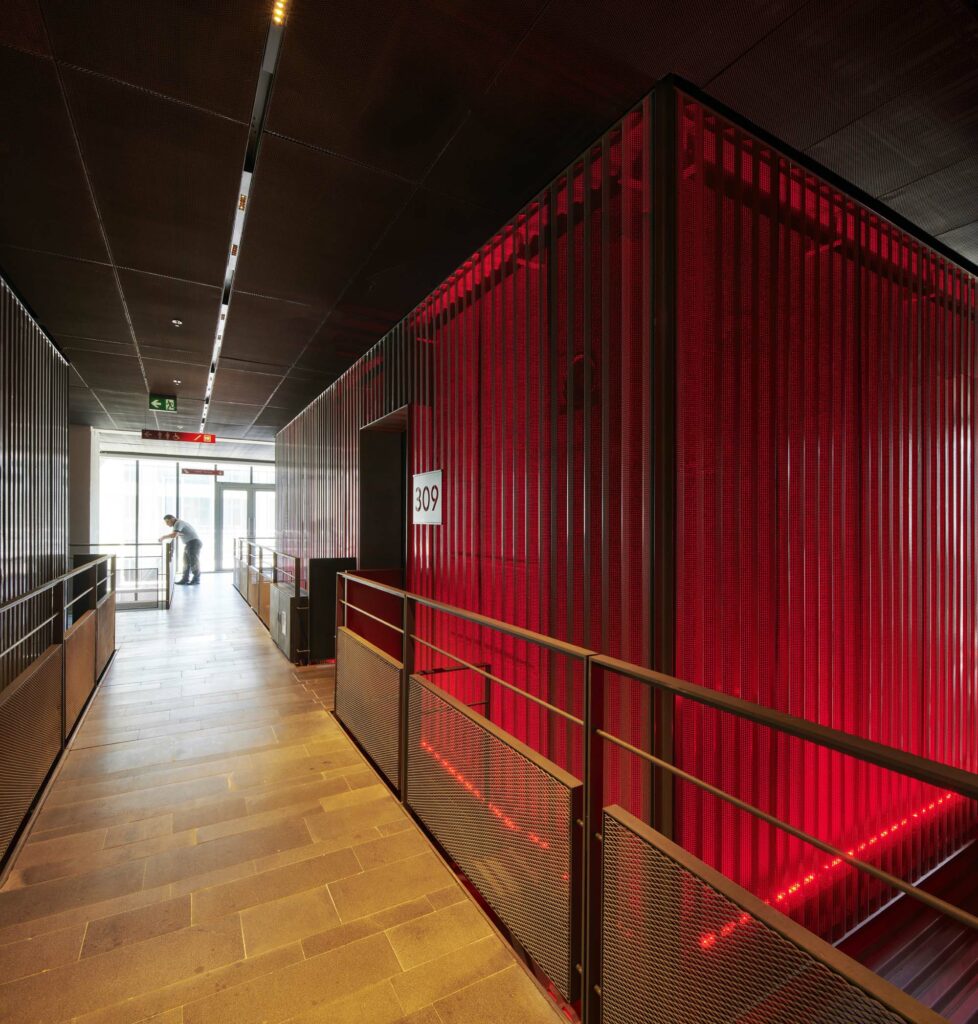

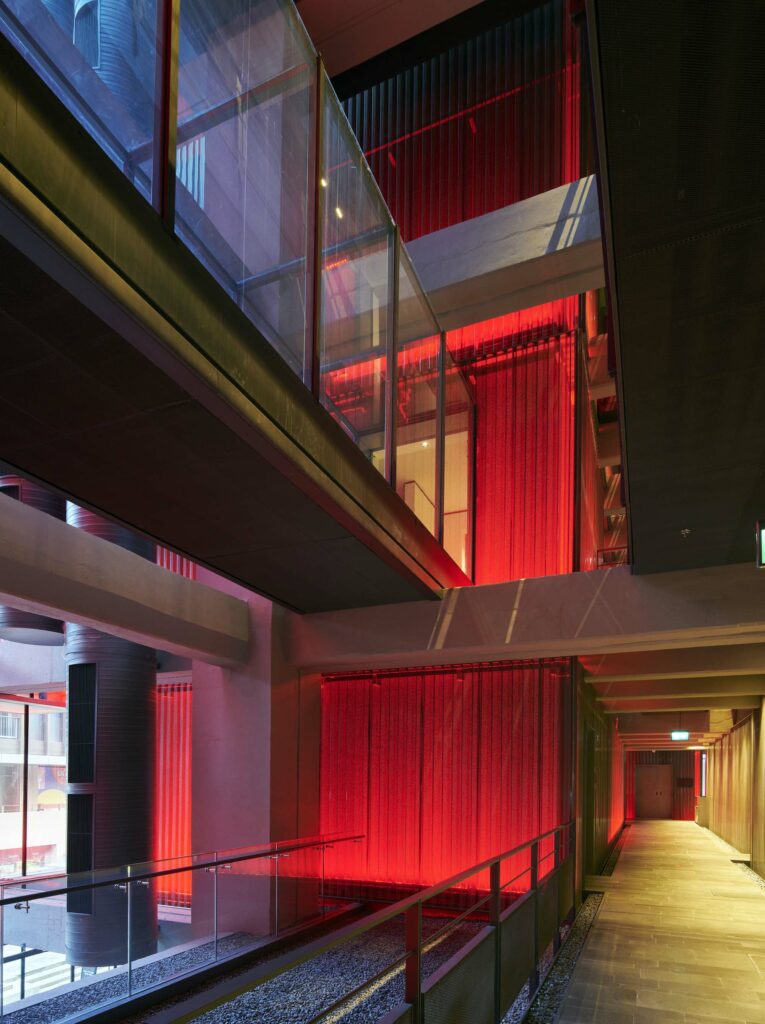



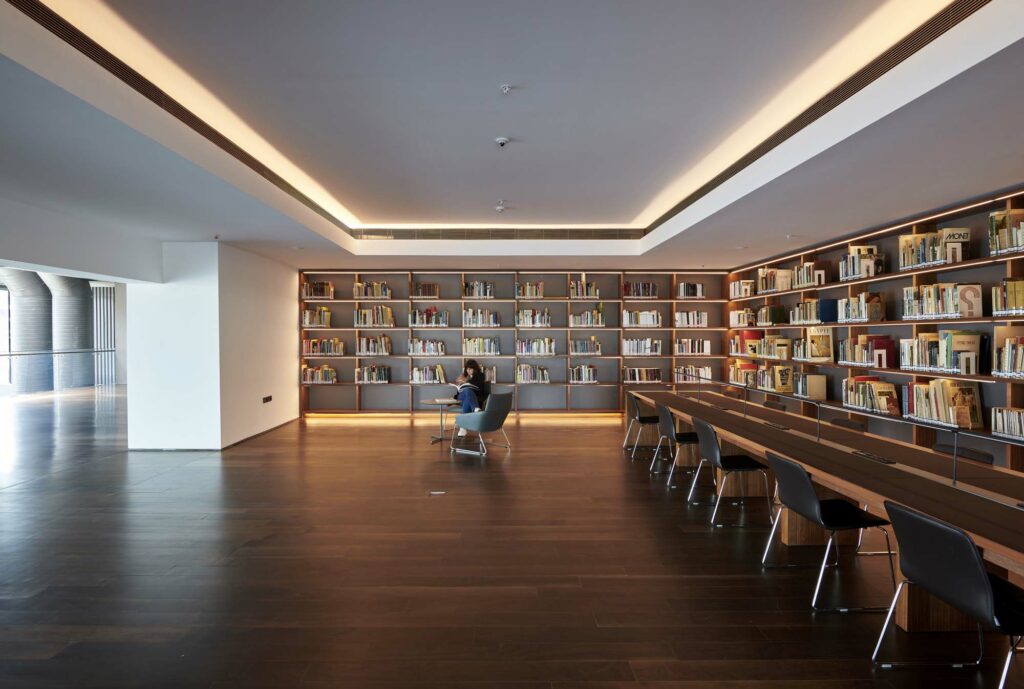

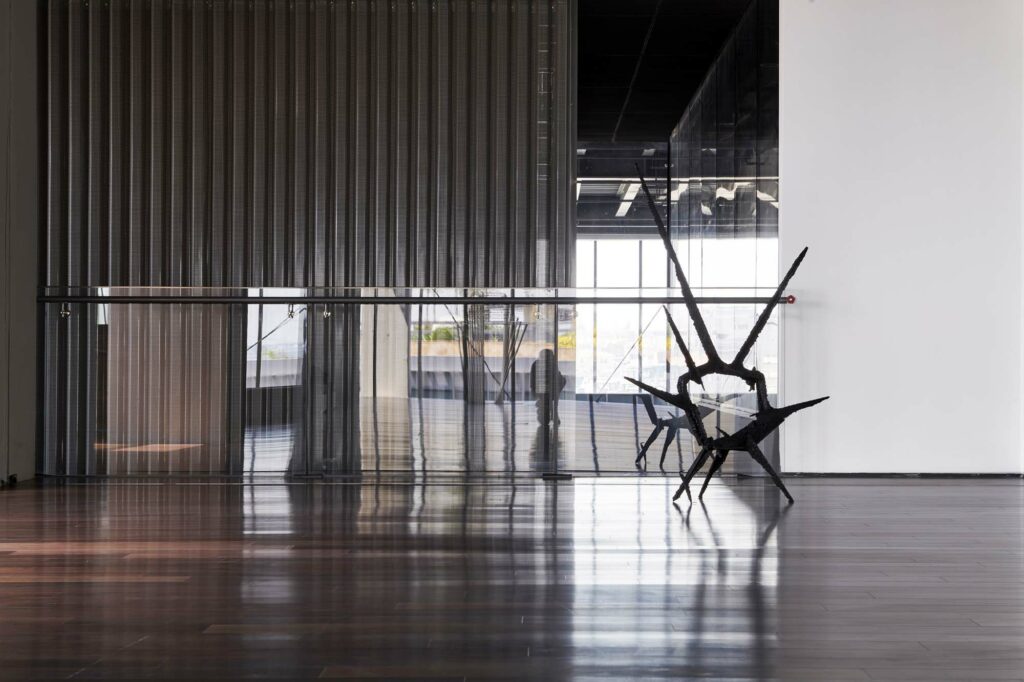



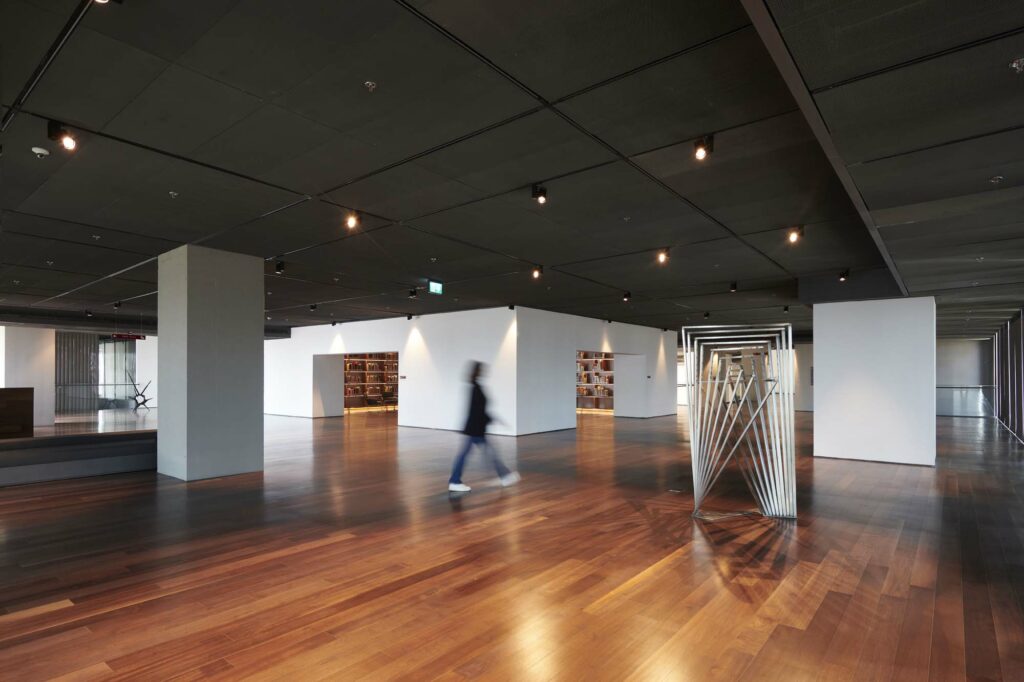





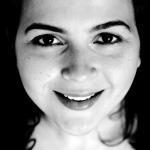

- 11 August 2023
- 8558 defa okundu.
The Istanbul Painting and Sculpture Museum
In 2009 Entrepot Number 5 in the Karaköy Harbor was allocated to Mimar Sinan Fine Arts University for the purpose of transforming it into the Istanbul Painting and Sculpture Museum.
Thus was the way cleared for the public use of an area which, although located on an important site in the city center, had almost no social permeability, and for the building of an original, high-quality museum to house thousands of valuable works including important pieces of late Ottoman to modern Turkish painting. At Emre Arolat Architecture, in the initial research phase of the design process we studied the history of the physical and sociological characteristics of the area. Within this framework, the special place that the entrepot and office blocks standing since the end of the 1950s had formed in visual memory came to the fore, over and above the area’s identity as an industrial and harbor region, which had for centuries distinguished it from other parts of the city. We emphasized the importance of preserving these buildings, whose characteristics in scale and structure were so very prominent. In particular, the horizontal geometry of the entrepot buildings’ reinforced concrete, repeated in line with the plane, was a characteristic most worthy of note, and one of the main goals of our design became to continue it. We planned a three-dimensional grid structure into which the new museum’s galleries would be placed, in great part preserving the reinforced concrete load-bearing system while removing the walls and floors. On the museological side, we expected that as time went on displayed works would be categorized according to changing curatorial approaches, and grouped and assigned to the galleries according to the ways in which spaces were used. We aimed to make possible changing themes in line with various scenarios
Yapıyı saran ve dış etkilerden koruyan şeffaf yüzey, bildik doğrama-cam ilişkileri üzerinden geliştirilen konvansiyonel bir çözüm yerine bu yapının endüstriyel geçmişine de atıf yapan özgün bir sistemle ele alındı. Bazen birbirlerine geçiş olanağı veren kimi kere de tekil bölümler olarak düzenlenen galeriler, yeni yollar ve köprülerle ilişkilendirildi. Böylelikle galeriler arasında sürpriz perspektifler sunan ara mekanların oluşması ve izleyicinin bir yandan eserlerle steril bir ortamda olabildiğince katıksız bir ilişki kurulabilmesi, diğer yandan da galeriler arasında kentle ilişki kurabilecekleri bir ortamın devreye girmesi sağlandı. Meclis-i Mebusan Caddesi yönünde antrepo yapısına bitişik olarak inşa edilmiş olan ve ciddi taşıyıcı zafiyetleri olan dar-uzun planlı ofis yapısının da özellikle özgün cepheleri bağlamında öne çıkan benzer bir bellek duygusuyla yeniden inşa edilmesi planlandı. Bu bölümde oluşturulan üç boyutlu boşluğun, giriş ve dağılım mekanıyla birlikte atölyeler ve kamusal kullanıma açık işlevlerle zenginleşmesi sağlandı. Zemin katın olabildiğince geçirgen bir kullanım stratejisiyle ele alınması bu yapının çevredeki diğer yapılarla ve açık alanlarla kuracağı ilişkiyi güçlendirdi. Tüm bu yapısal özellikleri ile MSGSÜ İstanbul Resim ve Heykel Müzesi’nin kentin kültürel peyzajı içinde yeni, özgün ve taze bir merkez oluşturması bekleniyor. Emre Arolat Aralık 2021 of this kind. Instead of a conventional framework-glass solution for the transparent façade that would cover the work and protecting it from the elements, we undertook an original system quoting the industrial past of the structure. The galleries, organized so that some could be connected and others isolated, were interrelated by means of new passageways and bridges. Thus came into play an environment where interfaces between galleries were formed that offered unexpected perspectives, while viewers would be able to establish unalloyed relationships with works in a sterile environment as well as relationships between the galleries and the city. The narrow-long office structure built on the Meclis-i Mebusan Boulevard side next to the entrepot building had grave weaknesses in its load-bearing system, and also particularly original facades. We planned to rebuild it with a similar feeling for memory. The three-dimensional empty space formed in this section allowed the entry and diffusion spaces to be enriched by atelier and public use functions. By treating the ground floor with a use strategy as permeable as possible, the relationship this structure would form with the other buildings and open spaces around it was strengthened. It is hoped that all of these structural characteristics will help the Mimar Sinan Fine Arts University Istanbul Painting and Sculpture Museum to form a new, original and fresh center within the cultural landscape of the city.
Emre Arolat
December 2021
Etiketler




